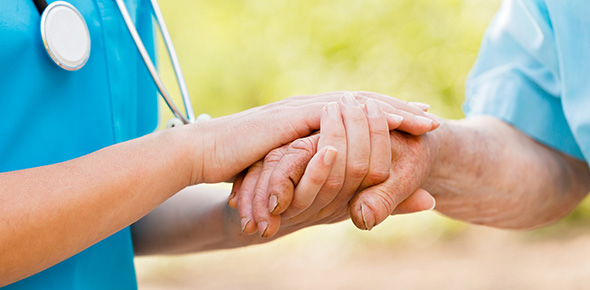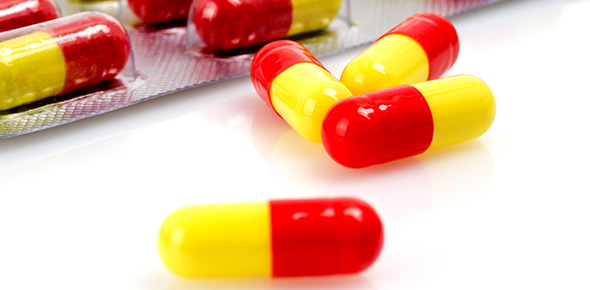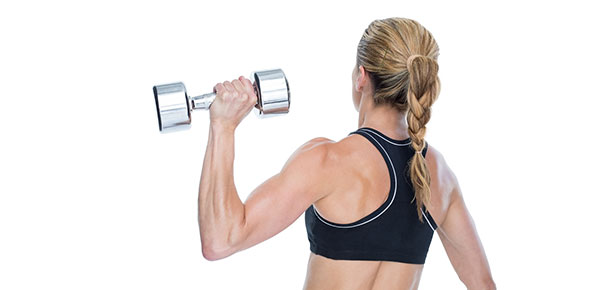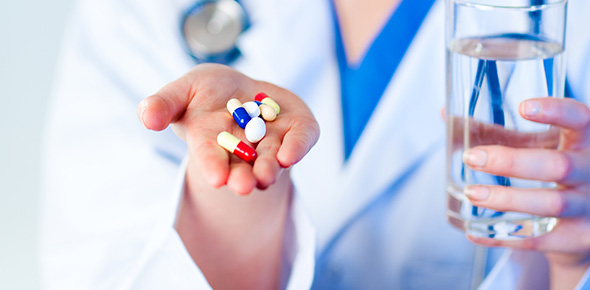Related Flashcards
Cards In This Set
| Front | Back |
|
Protein in blood; maintains the proper amount of water in the blood.
|
Albumin
|
|
Orange-yellow pigment in bile. It is formed by the breakdown of hemoglobin whenred blood cells die.
|
Bilirubin
|
|
Blood clotting.
|
Coagulation
|
|
Change in the structure and function of a cell as it matures; specialization.
|
Differentiation
|
|
Red blood cell. There are about 5 million per microliter of blood.
|
Erythrocyte
|
|
Protein threads that form the basis of a blood clot.
|
Fibrin
|
|
Plasma protein that is converted to fibrin in the clotting process.
|
Fibrinogen
|
|
Iron-containing non-protein portion of the hemoglobin molecule.
|
Heme
|
|
Blood protein containing iron; carries oxygen in red blood cells.
|
Hemoglobin
|
|
Destruction or breakdown of blood (red blood cells).
|
Hemolysis
|
|
Anticoagulant found in blood and tissue cells.
|
Heparin
|
|
Protein (globulin) with antibody activity; examples are IgG, IgM, IgA, IgE, IgD.
|
Immunoglobulin
|
|
White blood cell.
|
Leukocyte
|
|
Liquid portion of blood; contains water, proteins, salts, nutrients, hormones and vitamins.
|
Plasma
|
|
Smallest blood cell (thrombocyte); clumps at sites of injury to prevent bleeding and facilitate clotting.
|
Platelet
|







